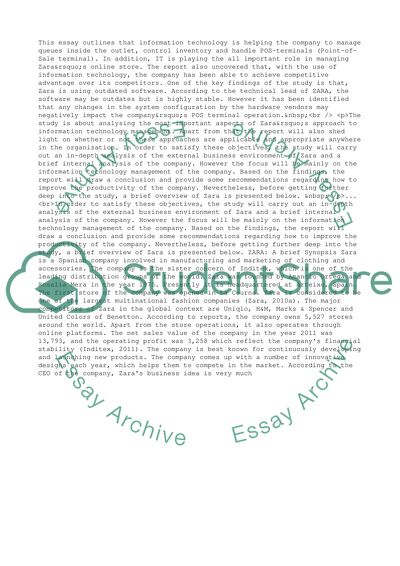Cite this document
(“Information Technology Management at ZARA Essay”, n.d.)
Retrieved from https://studentshare.org/management/1467019-what-are-the-most-important-aspects-of
Retrieved from https://studentshare.org/management/1467019-what-are-the-most-important-aspects-of
(Information Technology Management at ZARA Essay)
https://studentshare.org/management/1467019-what-are-the-most-important-aspects-of.
https://studentshare.org/management/1467019-what-are-the-most-important-aspects-of.
“Information Technology Management at ZARA Essay”, n.d. https://studentshare.org/management/1467019-what-are-the-most-important-aspects-of.


